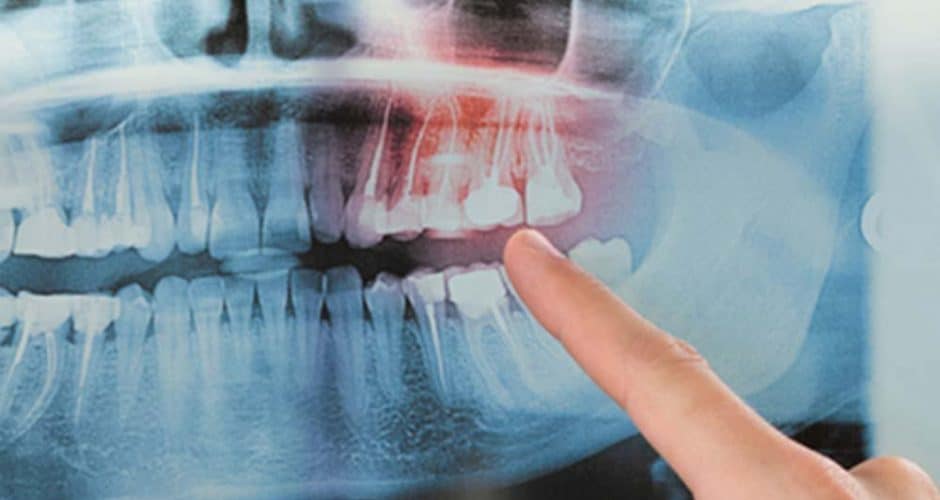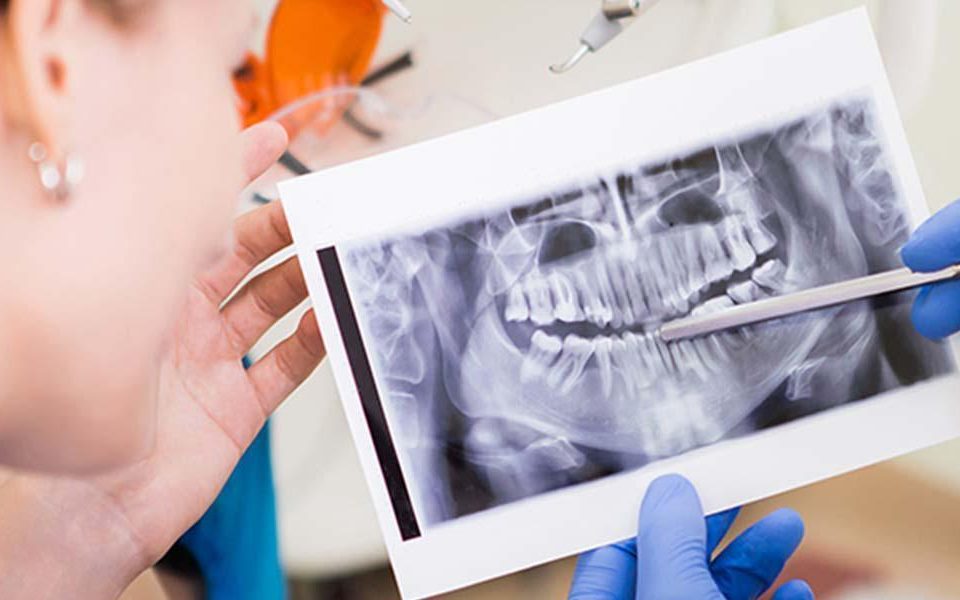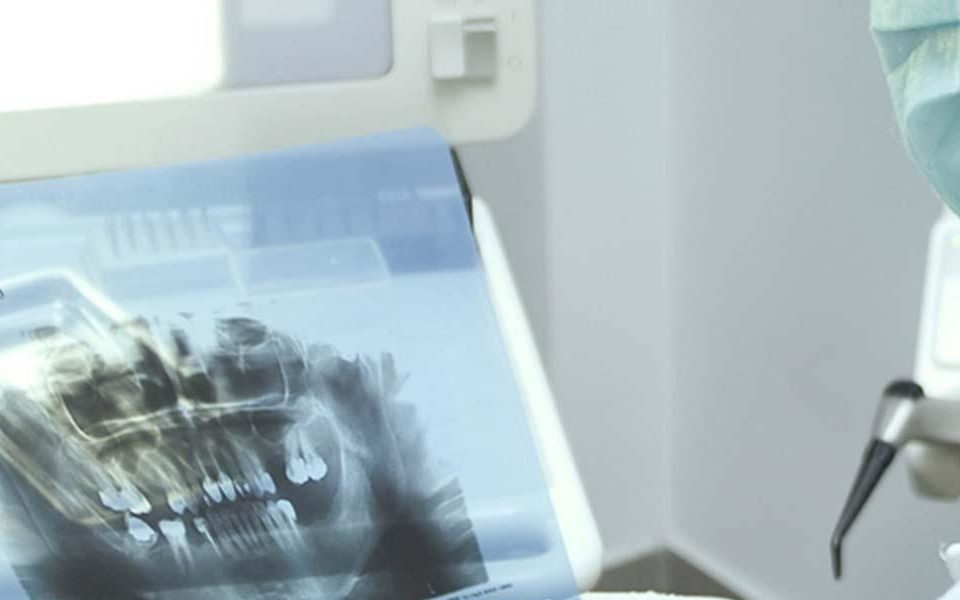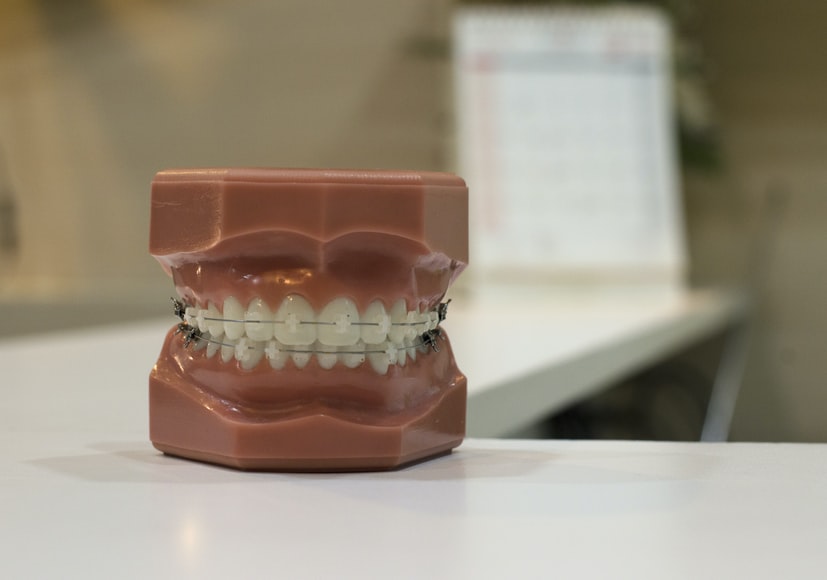
Understanding Gum Disease
May 1, 2012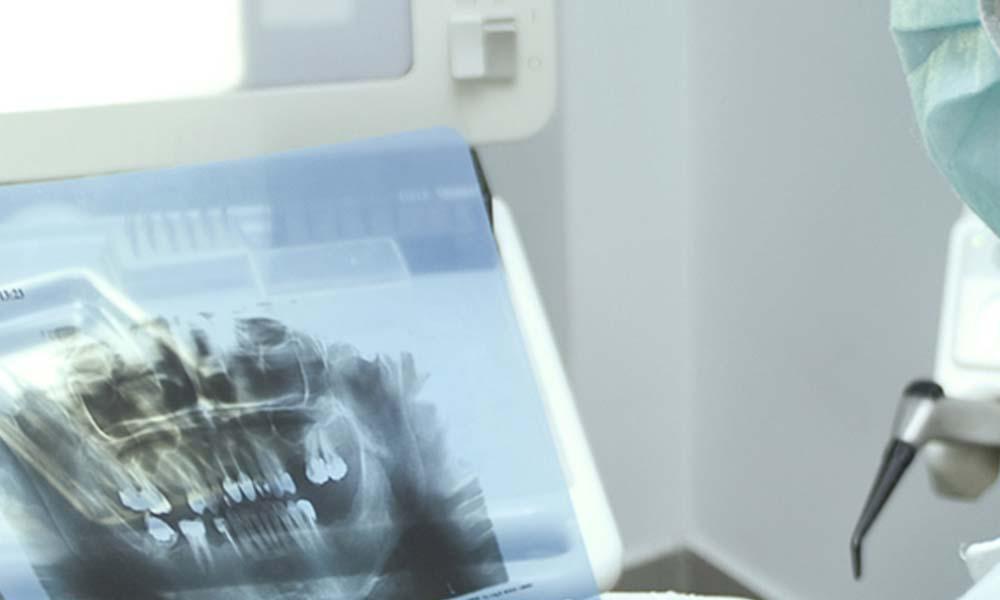
Receiving Dental Implants
November 14, 2012Lost a tooth recently? Do you have a few that could use replacing? Don’t worry — you’re not alone.
Tooth loss in adults is more common than you think. Nearly 70% of people aged 35-44 experience tooth loss. Although it happens somewhat frequently, that doesn’t mean people with tooth loss don’t have concerns.
Whether from an accident or through extraction, tooth loss can affect your appearance and more importantly, how your mouth functions. This is where dental implants and fixed bridgework come in.
If you’re about to have a permanent tooth extracted, understanding your treatment options is critical. Fortunately, in this day and age, you have many options to replace those teeth. You can get a fixed bridge, a removable dental appliance (either a full denture or a partial denture) or an implant
In this blog, we’ll focus on fixed bridges vs dental implants. Both solutions have their pros and cons — here’s what to know.
[Related: Are Veneers Right For You?]
Dental Implants
A dental implant is a fixed artificial tooth. Implant surgery is a procedure that replaces tooth roots with screw-like metal posts and replaces damaged or missing teeth with artificial teeth. These artificial teeth look and function much like the real ones.
Implants can offer a welcome alternative to bridgework or ill-fitting dentures. You can get implants for a single tooth, for a few teeth or as anchors for full dentures for better stability and security.
Dental Implant Procedure
An implant is actually a root replacement. However, unlike the root of a tooth, the implant actually fuses to the jawbone and has an attached, permanent crown. The implant takes the place of the tooth’s underlying structure and prevents deterioration of the area around the missing root.
Placing a dental implant does require surgery, which may make some patients nervous. This procedure is usually an outpatient surgery performed in stages. In some cases, the dentist may perform all stages at once..
What will the actual procedure be like?
First, if the damaged tooth is still there, the dentist will extract it. They’ll then prep your jawbone for surgery. The preparation process may include bone grafting to fill space in the socket or to create more bone width, height or density for the implant.
Then, the dentist will place the implant and put an abutment screw into it to keep it clean and help with the healing process. After that, they’ll usually make a type of temporary tooth replacement and place for aesthetics during the healing stage.
Dentists use local anesthetic, so you’ll feel no pain during the procedure.
[Related: How to Deal With Minor and Major Tooth Pain]
Dental Implant Healing and Post-Procedure
After a dental implant procedure, you can expect some soreness and possibly minor bleeding.
Everyone feels pain and heals differently, so your healing process and experience may be wholly unlike someone else’s experience. Nevertheless, most of the time you can manage any pain with over-the-counter pain relievers such as ibuprofen.
Soon, bone should grow around the implanted metal. Implants function and look just like natural teeth, and they should last a lifetime.
Why Choose a Dental Implant?
How do you know whether a dental implant is the right choice for you?
Here are a few facts about implants:
- They’re made of titanium. This allows the implant to integrate with the jawbone because the body doesn’t recognize it as a foreign object.
- The success rate of implants is close to 98%.
- Implants can replace missing teeth without altering or affecting any adjacent teeth.
- They’re very stable because they fuse with the jawbone.
- To make things even better, implants have the natural look and feel of natural teeth.
All of these are major reasons patients often opt for dental implants.
Fixed Dental Bridges
A fixed dental bridge is another option for replacing missing teeth. Dental bridges fill the gap using artificial teeth on a fixed prosthesis.
The dentist will place crowns on the teeth on both sides of the missing tooth to serve as an “anchor” for the middle replacement tooth. They’ll then permanently affix the prosthesis in place, which fills the gap and supports where you’ve lost one or multiple teeth.
[Related: What Is an Apicoectomy?]
Dental Bridge Procedure
The dental bridge process is a fairly straightforward restorative procedure. Your dentist will connect the bridge via a cap that goes over the tops of the teeth on each side.
When the dental bridge installation doesn’t include teeth on one side, the cap will go over the side with the tooth and work over the gap. This is called a cantilever bridge.
To ready the natural anchor teeth for the bridge, your dentist will administer local anesthetic before filing them into the appropriate shape. A dental lab will take impressions of the shaped teeth and use them to construct the bridge. If the natural teeth aren’t strong enough to support a fixed dental bridge, you may need dental implants.
Your dentist may fit you with a temporary bridge made of filing material. The temporary bridge protects your shaped teeth while the dental lab makes the permanent bridge.
For the final appointment, your dentist will again administer local anesthetic for comfort. Finally, they’ll remove the temporary bridge, clean the spot and affix the permanent bridge with dental cement.
Dental Bridge Healing and Post-Procedure
It will take approximately one to two weeks for the new bridge to settle completely. In the meantime, avoid very hot and very cold foods, and gargle warm saltwater for irritation. Follow your dentist’s specific instructions for healing — they’ve customized those instructions for your unique situation.
Fixed dental bridges aren’t “permanent” in the traditional sense. In fact, fixed dental bridges are considered permanent because patients can’t remove them. With proper care, your bridge can last up to a decade.
Continue to perform daily dental care (brushing and flossing twice a day), and avoid sticky foods and hard candies. Ensure you see your dentist for regular cleanings as well.
[Related: Guide to Crown Lengthening]
Why Choose Dental Bridgework?
People have several reasons for choosing dental bridgework for missing teeth.
For one, fixed bridges are strong and durable, and they feel and look very similar to natural teeth. They can also rebalance your bite and make chewing more comfortable.
Additionally, dental bridgework is long-lasting and more cost-effective than implants. You’ll have fewer appointments, and the healing and adjustment period is quick and virtually painless.
Contact Cascadia Dental Specialists
As you can see, there are many pros and cons for both procedures. When it comes to fixed bridges vs dental implants, the best thing to do is to contact your dentist for further information.
Contact our experienced dental hygienists at Cascadia Dental Specialists today for a consultation and a deeper explanation on fixed bridges vs dental implants. Fill out our online form, contact us at (425) 644-7444 or send us an email at info@cascadiadental.com.
We look forward to hearing from you!


